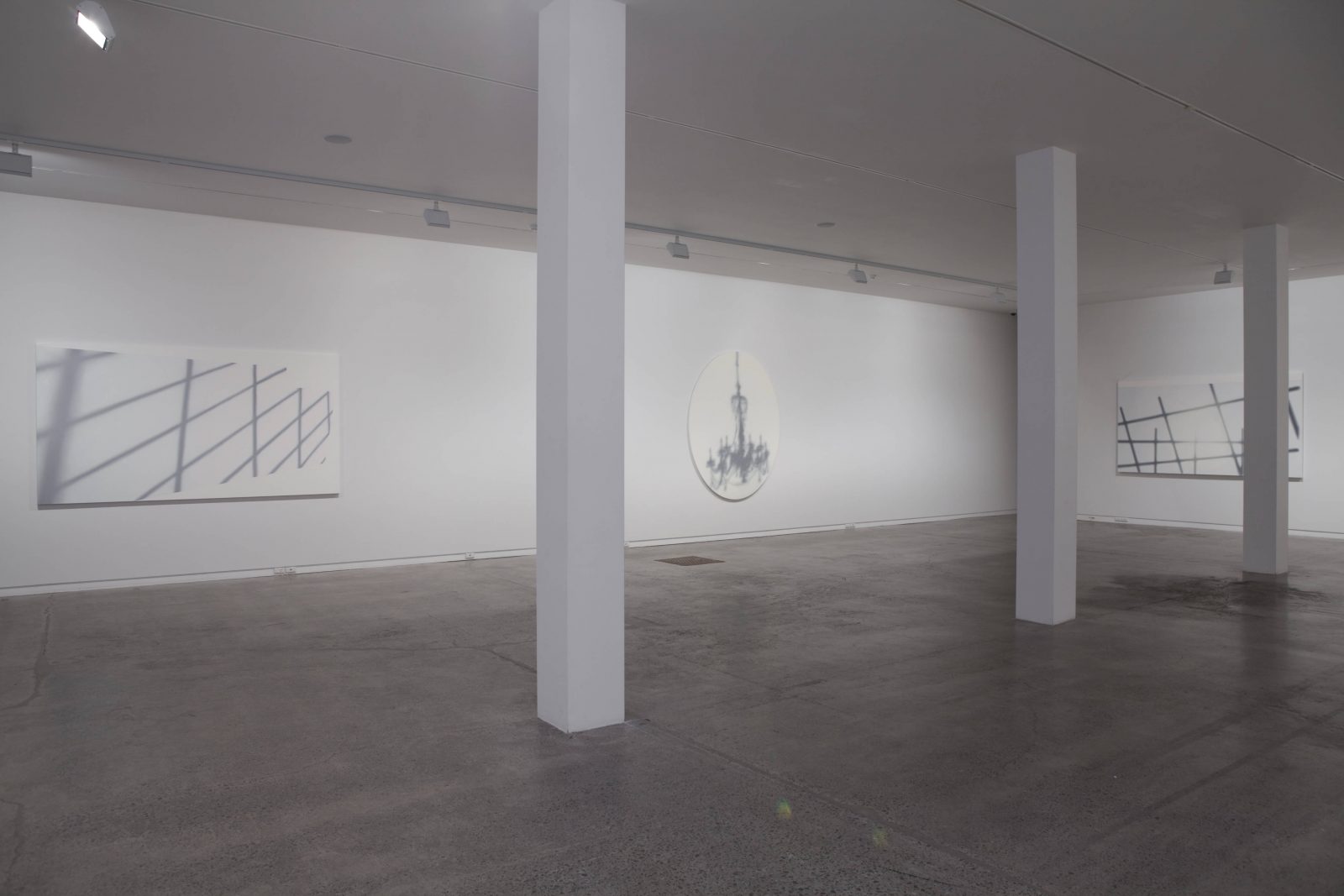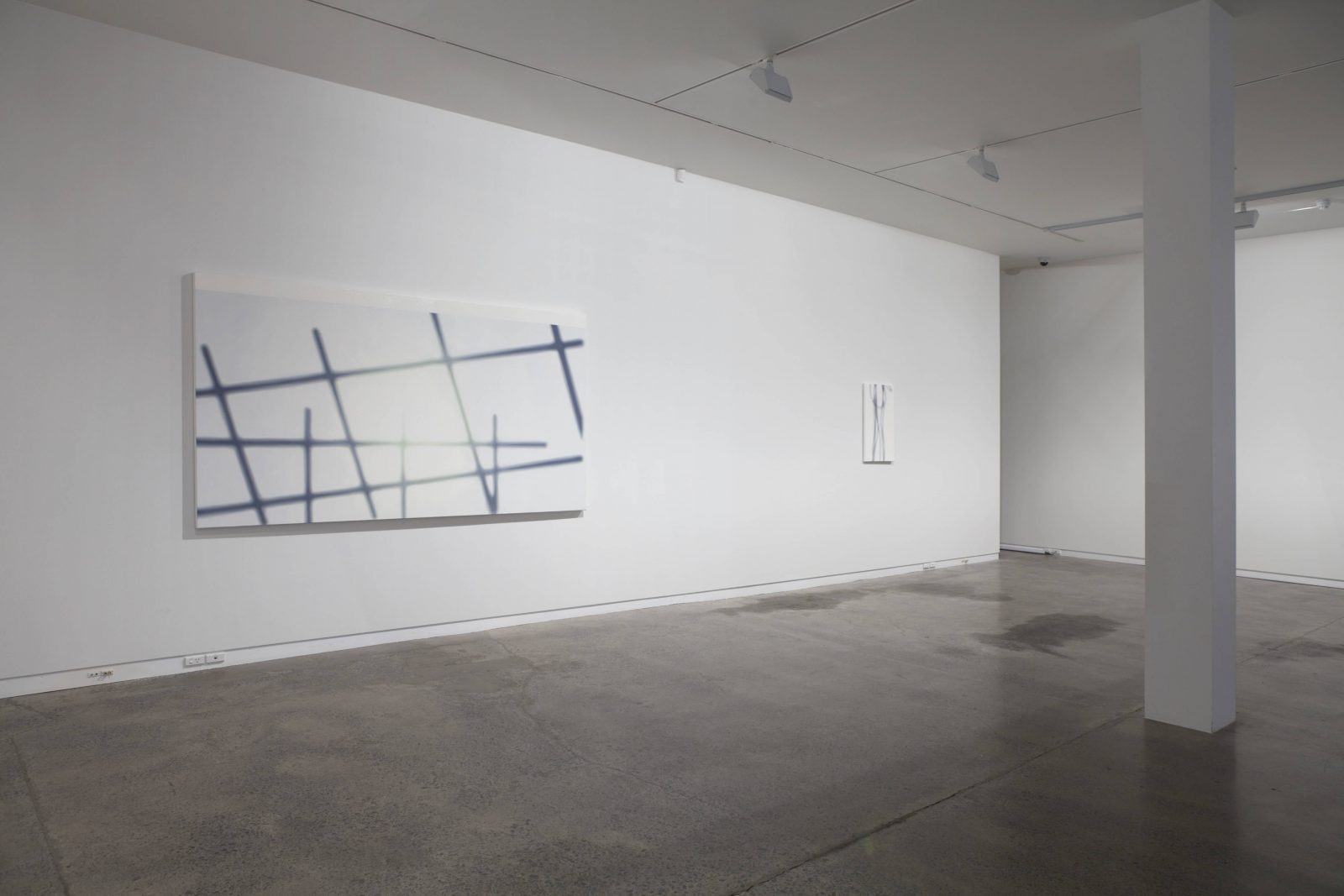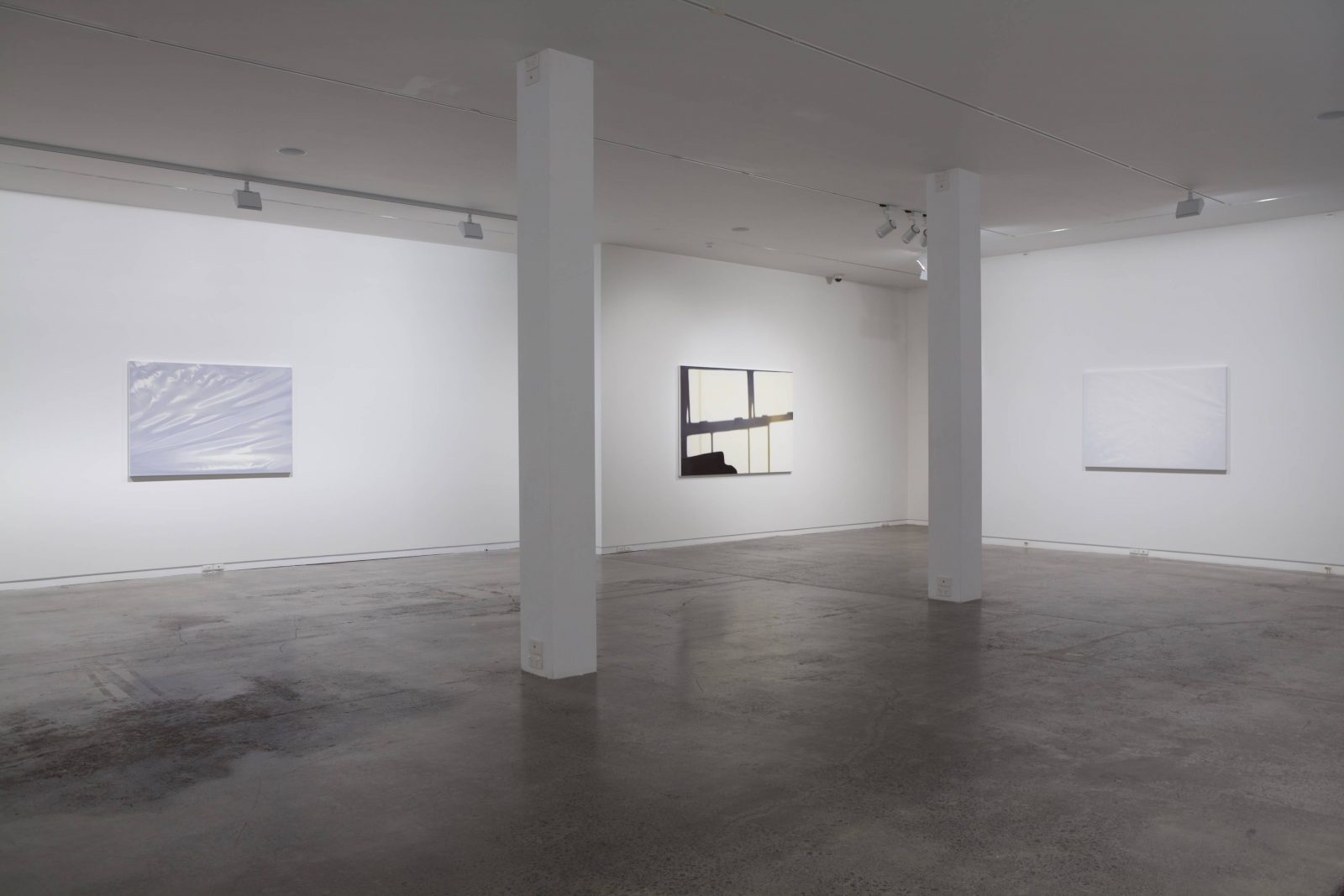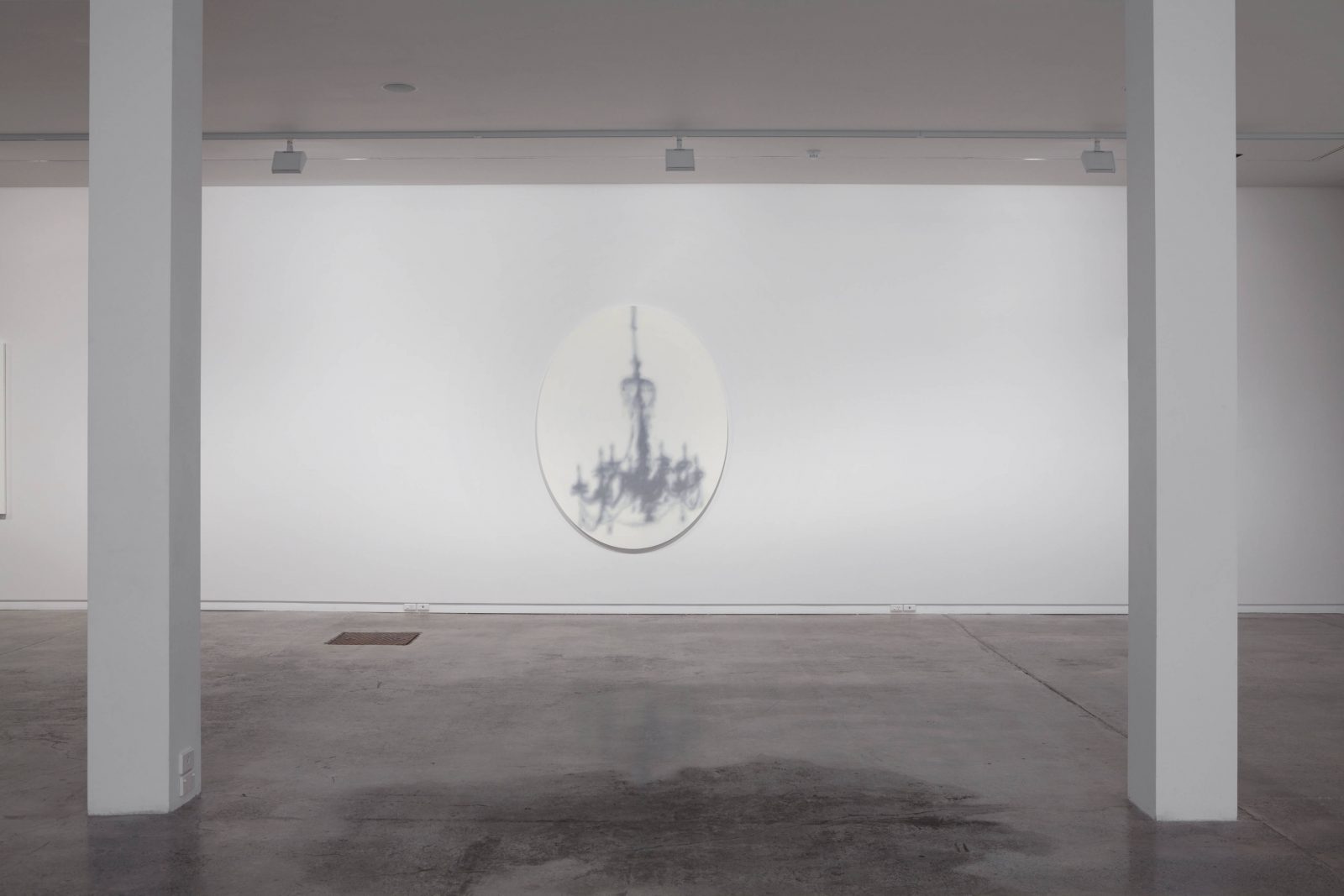Brad Lochore
Paintings
20 April - 19 May 2012
London based, Wellington born painter, Brad Lochore presents his second major exhibition in New Zealand. He has gained international recognition for painting images of cast shadow and light with his work exhibited in Young British Artists IV, Saatchi Gallery, and the Biennale of Sydney 1998. International collections include the Tate Gallery, Ludwig Museum, Vienna and Arts Council of England. This exhibition at Two Rooms gives an overview of his painting from the past two decades.
His work explores the fleeting essence of an object using the effects of light mediated via cinema and photography. “ I see all my work as chimeras working within the tradition of the Vanitas. I utilize cinematic paradigms of observation and projection as well as old master techniques to explore the problem of truth in representation”… “I want to foreground the image as being a site of simultaneous seduction and betrayal for the viewer with the slightest and least meaningful images such as shadows and reflections as a pictorial source”.
He is interested in the uncertainty of perception and the representation of that uncertainty. His Shadow Series, in this exhibition, plays with imagery of nature, abstracted grids and a chandelier. False Dawn is a reinterpretation of Caspar David Friedrich’s, The Wreck of Hope, in which the appearance of a bright extinguishing sun is nothing more than the effect of the burnt out filter on a video projector. Sofa Vanitas alludes to 17th century Dutch still life painting tradition, where luxury and the opulence of the material world are undermined by the appearance of imminent decay. The dark foreground shadow of the sofa strikes an equally sinister note. These works function as an allegory about the duplicity of imagery.
The works are painted with a smooth, even, photographic surface, reproducing the interplay between an object and light. The shadow is of course ephemeral but the final result in the painting is an image, but is it a true repesentation? What is it that we see? Lochore does not supply the answer, but gives us the opportunity to experience the problem of illusion, delusion and misapprehension.
The Roughs, painted for his residency at Two Rooms in 2010, in contrast to the smoothness of the shadow paintings are loosely painted with distinct brush marks. The paintings evoke a trompe l’oeil effect. Like the films sets he used to make before he studied painting these works simulate reality. Viewed from a distance, with the precision of photorealism, the images appear to be a depiction of light reflecting off a loosely stretched plastic surface over a blank canvas. As the viewer approaches the work, the image breaks down into sketchy rough brush strokes of paint. Although austere and monochromatic, these works display his continued fascination with surface, reflection, illumination and the ability or inability to catch the illusory moment.




